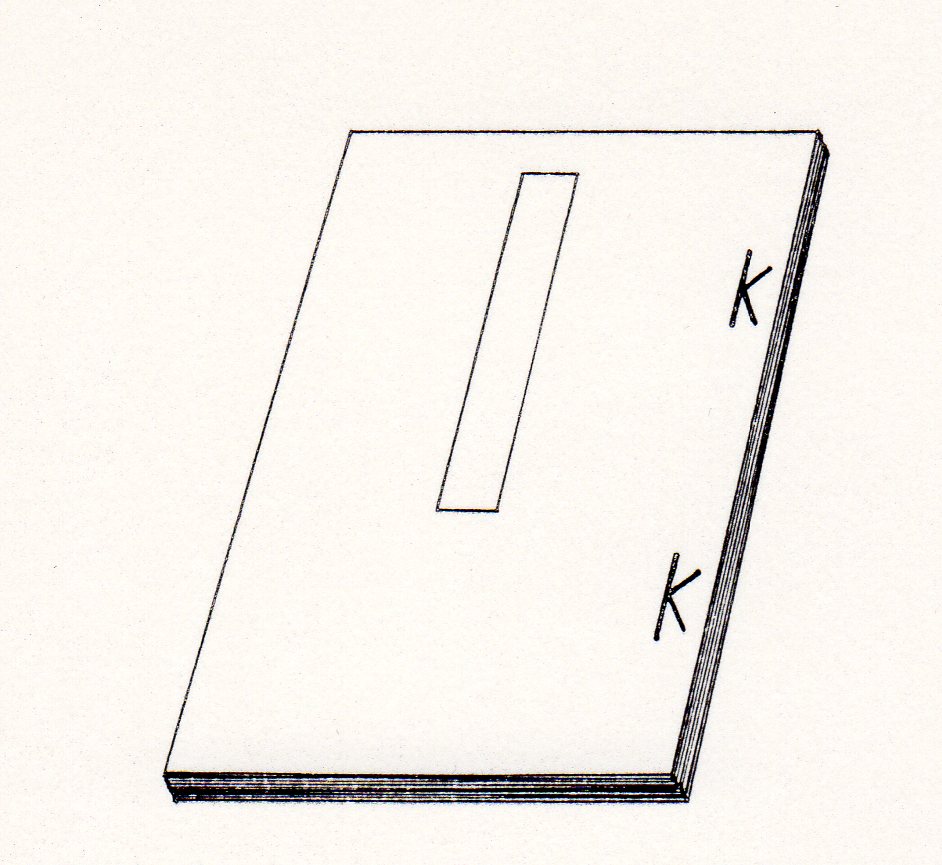|
||
 |
||

@
(C)2001 Japanese Architecture and Art Net Users System.@No reproduction or republication without written permission.
fΪΜeLXgEΚ^ECXgΘΗASΔΜRecΜ³f‘»E]ΪπΦΆά·B
|
||||||
| @ | ||||||
| yamatotoji@εaΤ | ||||||
| KEY WORD :@art history / paintings | ||||||
| @ | ||||||
| Also musubitoji ΡΤΆ, lit. knot-binding. The simplest style of book-binding and usually a type of pouch-binding *fukurotoji άΤ. The process of making yamatotoji involves punching four (or sometimes two) horizontal slits in the book near the spine and threading a flat cord (or sometimes a strip of paper) through each pair of slits. The cord ends are brought to the front, and each cord is secured tightly with a square knot. Yamatotoji also uses long corner pieces added to strengthen the otherwise unsupported corners. Extant examples, dating from the 12c, are decorative books, often waka aΜ anthologies, in which colorfully designed cords and front and back covers are used. This binding style, is sometimes called *kochousou Σ±, although this generally refers to a different type of book-binding. | ||||||
| @ | ||||||
@ |
||||||
@ |
||||||
| REFERENCES: | ||||||
| *sasshibon ϋq{ | ||||||
| EXTERNAL LINKS: | ||||||
| @@ | ||||||
| NOTES: | ||||||
| @ | ||||||
(C)2001 Japanese Architecture and Art Net Users System.@No reproduction or republication without written permission. fΪΜeLXgEΚ^ECXgΘΗASΔΜRecΜ³f‘»E]ΪπΦΆά·B |
||||||
| @ |